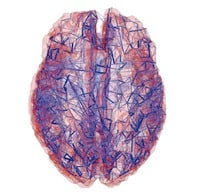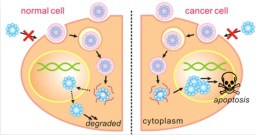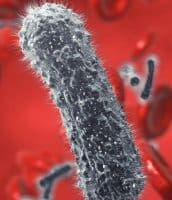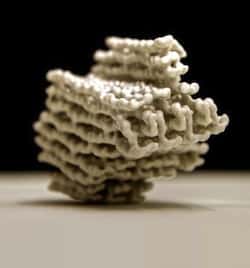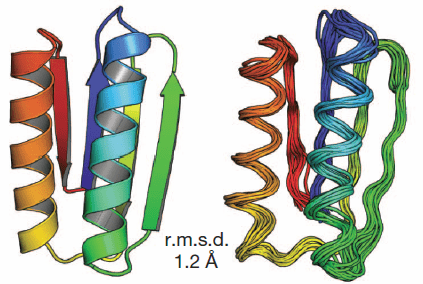In this Forbes interview, contributor John Nosta introduces us to a teen worth watching: fifteen-year-old Jack Andraka, whose effort to design a nanotube-based sensor for pancreatic cancer detection was initially ignored. The interview taps into some aspects of how innovation occurs and the challenges of bringing new ideas to fruition – aspects which transcend age,… Continue reading A teenager's step toward nanomedicine innovation
